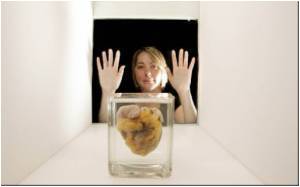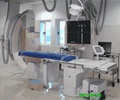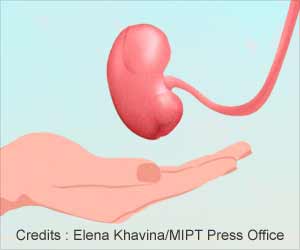Nationwide Children’s Hospital performed its first bloodless heart transplant on a 6-year-old boy from New Jersey.

We not only conserve blood when a patient family makes the request, but we do so during all procedures and surgeries here at The Heart Center, said Dr. Galantowicz, co-director of The Heart Center at Nationwide Children’s Hospital, and also a faculty member of The Ohio State University College of Medicine. It takes an entire team – from pre-op nurses to anesthesiologists and perfusionists to post-op nurses – to achieve a successful bloodless outcome. It also takes a team with the experience of a systematic approach of always trying to achieve a bloodless outcome no matter the case.
Advertisement
When the body is introduced to something foreign (e.g. a blood transfusion), it stimulates the immune system resulting in an inflammatory response, said Dr. Galantowicz. With that inflammatory response, the body swells and there is risk for infection. To reduce that risk and swelling, a bloodless procedure is always the goal for my team no matter the case.
Some of the techniques employed by Dr. Galantowicz and his team include limiting how much blood they take for testing pre-operatively; using a machine known as a ‘cell saver’ during the procedure which captures shed blood, processes it and puts it right back into the body; and utilizing modified tubes and heart/lung bypass machines which have smaller components to reduce the neccessity of blood.
Andrew’s case – a heart transplant – presented the ultimate challenge for the team in blood conservation as the body needs to react to an entirely new organ. And seven months later, Timothy Hoffman, MD, medical director of the Heart Transplant and Heart Failure Program at Nationwide Children’s, couldn’t be happier with Andrew’s outcome.
Advertisement
Studies have shown that using a patient’s own blood cuts infection rates by more than half. Dr. Galantowicz says transfusions are still mostly safe and are needed in many cases, but he would like to see more surgeons try to treat patients with as few transfusions as possible.
Advertisement














